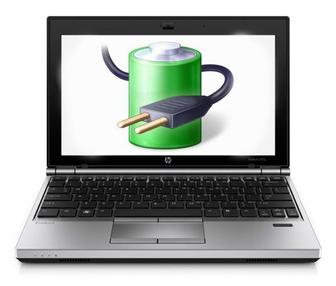Intel Laptop Computer CPU Refreshes Lead the Industry
Though PC vendors(like Lenovo, Acer, Asus, HP, Dell) are tend to release new products at three times of year, they usually don’t refresh each model more than once a year. Business notebooks in particular can stay on the market unchanged for as long as 18 months. Most updates are timed to coincide closely with Intel’s CPU release schedule, as manufacturers want all their laptops to carry the latest generation of processor nearly as soon as it’s available.

Intel started shipping its 6th Generation “Skylake” series of processors around September 2015, and most consumer laptops, except for Apple MacBooks, were refreshed during the fall. The chipmaker didn’t launch the business versions of its new CPUs until January 2016, so brand new Lenovo ThinkPads, Acer Aspires, Dell Latitude Laptop Batteries, Toshiba Satellites and HP EliteBooks started rolling out in February and March.
The evolutionary improvements in performance and notebook battery life between two generations of Intel processor — 5th Gen to 6th Gen, for example — may not be worth waiting for on their own. However, the manufacturers often use the CPU refresh as an excuse to make a laptop lighter or add new features like a higher-res screen, a faster SSD or new ports.
Gaming laptops are a slightly different animal, because they refresh in order to take advantage of new and faster Nvidia graphics chips.
Intel’s next major CPU refresh, code-named Kaby Lake, isn’t due to arrive until late 2016 at the earliest, which means that we probably won’t see many products with the new processor until the spring of 2017. The new CPU will use the same 14nm architecture as current-generation “Skylake” processors, which means that it probably won’t offer a dramatic improvement in performance or laptop battery life.


1 thought on “Intel CPU Refreshes Lead evolutionary improvements in laptop battery life”
Comments are closed.